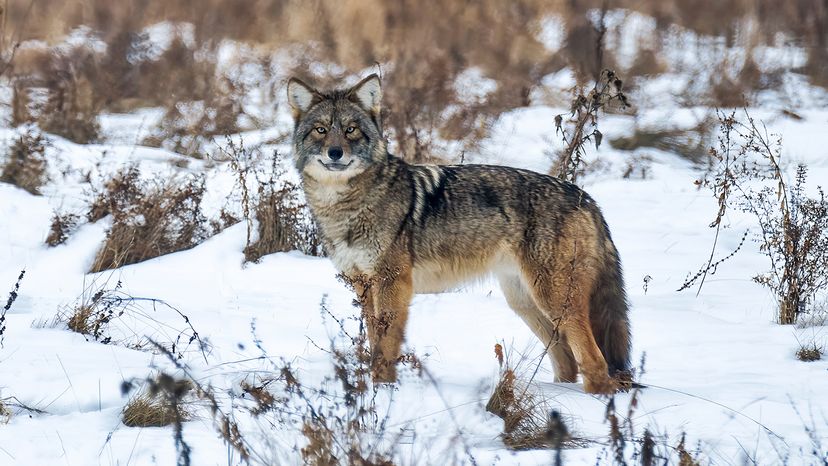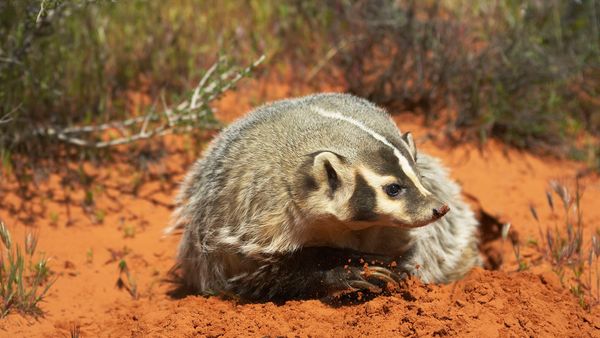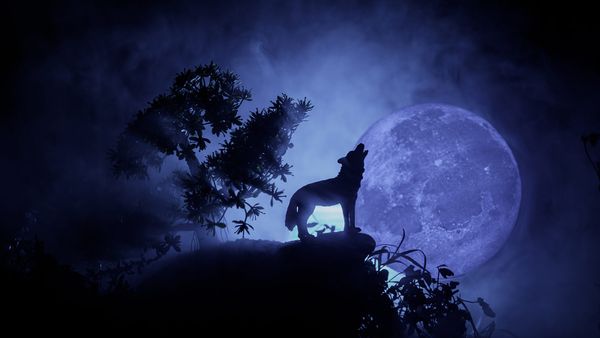
The coywolf sounds like something out of a science fiction, but it's just part coyote (Canis latrans), part gray wolf (Canis lupus) and part domestic dog (which is technically a subspecies of the wolf, Canis familiaris). The hybrid has popped up in Canada and the U.S. over the past century.
It's possible they emerged when coyote populations entered Ontario as wolves were being extirpated from the Great Lakes region during the early 1900s, and they simply bred with the remaining wolves. Based on genetic analyses, they mated with dogs sometime in the mid-1900s.
Advertisement
Coywolves — since that's what we've decided to call them — seem to thrive in cities and suburbs just like genetically straight-forward Canis latrans.
However, they look a bit different from most coyotes and display some behavioral and physiological differences. They have a reputation for being a bit bold, can be more cooperative with each other, are stronger and larger-bodied and reach sexual maturity later.
Advertisement


